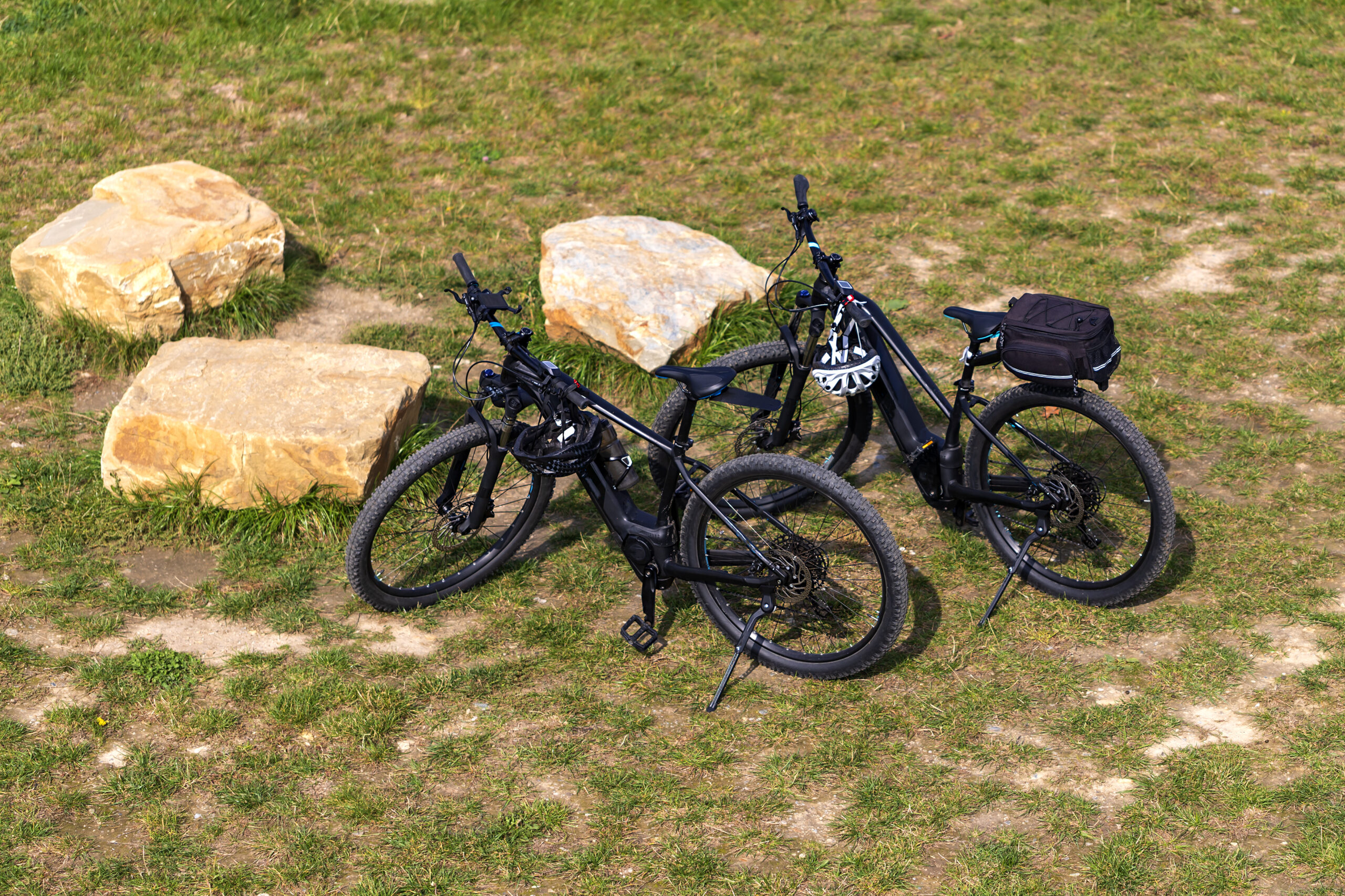Electric bicycles—or e-bikes—have become popular as an eco-friendly, efficient, and cost-effective mode of transportation. While these bicycles offer myriad benefits, they carry certain risks—which riders can mitigate.
Electric bikes are powered by batteries, typically made of lithium-ion. If these batteries experience conditions like overcharging, high-heat exposure, or improper storage, they risk catching on fire or exploding. Riders need to ensure that they follow the manufacturer’s instructions for charging and maintaining the e-bike’s battery.
Most states have adopted the following speed classifications:
- Class 1–Pedal-assist only; motor provides assistance—when the user is pedaling—all the way all the way up to 20 mph.
- Class 2–Pedal-assist or throttle; motor provides assistance all the way up to 20 mph.
- Class 3–Pedal assist only; motor provides assistance all the way up to 28 mph.
Riders need to be aware of their surroundings, wear proper biking attire, and ride at safe speeds to help reduce the dangers of riding e-bikes.
E-bikes do not offer the same level of physical protection as cars or motorcycles. Riders are exposed to the elements, do not have the protection of airbags or a metal frame, and share the roadways with other motorists. In the event of an accident, e-bike riders are at increased risk of serious injury or death.
Electric bikes have limited ranges. Just like with electric vehicles, if the battery runs out of charge, drivers and e-bike riders can be stranded in unfamiliar territory. Plan routes according to the e-bike’s battery range, share your cell phone location with a trustworthy person, and carry a spare battery or charger.
Theft of electric bikes is a growing concern as they are expensive and desirable. Riders should take precautions to secure their e-bikes, by utilizing durable locks, parking in well-lit areas, and deviating from their normal routines to thwart off targeted thefts.
What about insurance?
Motorized scooters/bicycles. The new HO 00 14 renters form automatically covers these vehicles for liability. Accordingly, the current optional HO 24 13 Incidental Low Power Recreational Motor Vehicle Liability Coverage endorsement is revised to include liability coverage with respect to owned motorized scooters and motorized bicycles (up to Class 3) while being used off an insured location.
In addition, liability coverage in the policy forms that accommodates non-owned recreational vehicles has been expanded to more explicitly include motorized scooters and motorized bicycles by means of a change in the definition of “motor vehicle.” However, the insurer can remove this non-owned coverage from the policy by adding the new optional HO 24 03 Non-Owned Motorized Bicycle and Motorized Scooter Liability Exclusion endorsement.
Work with a professional insurance agent
If you have an e-bike or are thinking of purchasing one, give your professional insurance agent a call. He or she can review your insurance company’s coverage to make sure you have the coverage you need to protect you in the event of a loss or claim.

Theophilus Alexander
Theophilus W. Alexander has served in both houses of the New York State Legislature. He worked as a legislative analyst for Hon. New York State Sen. Samra G. Brouk, D-55, and he served at the New York State Assembly, as a policy analyst with New York Assembly Program & Counsel. Theo received his Bachelor of Arts degree in Politics from Ithaca College in Ithaca, N.Y.






